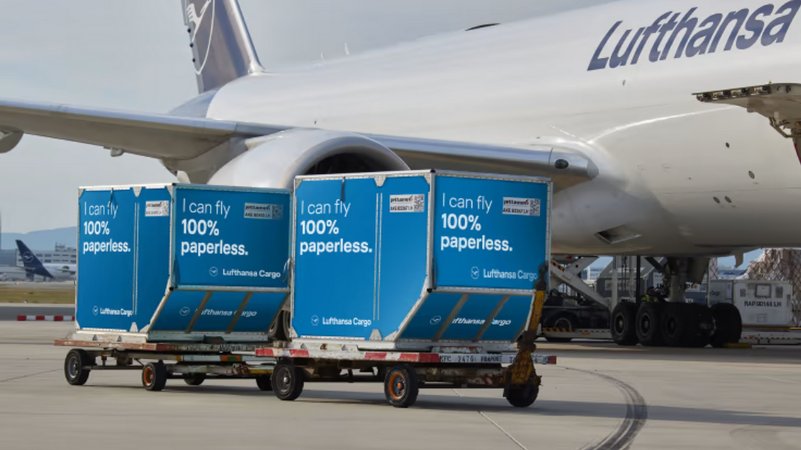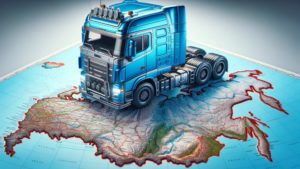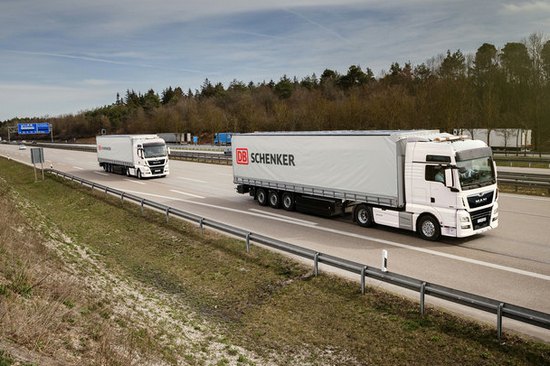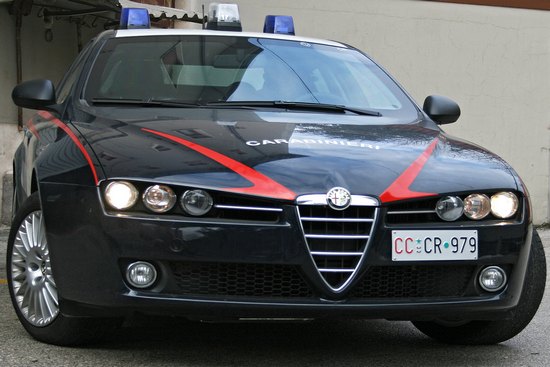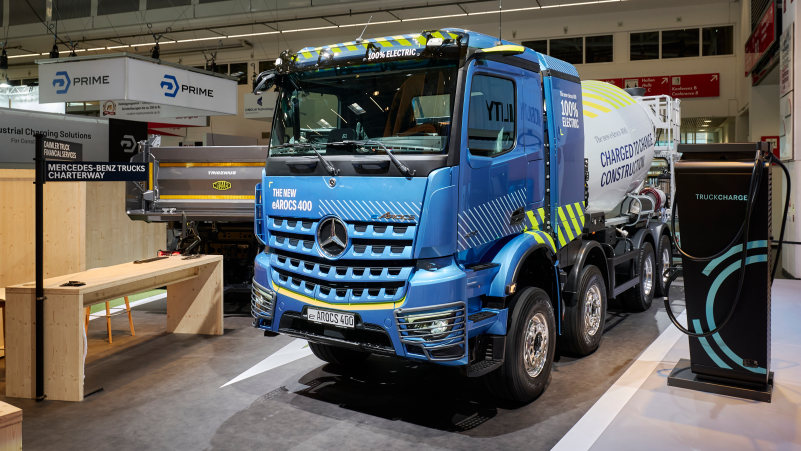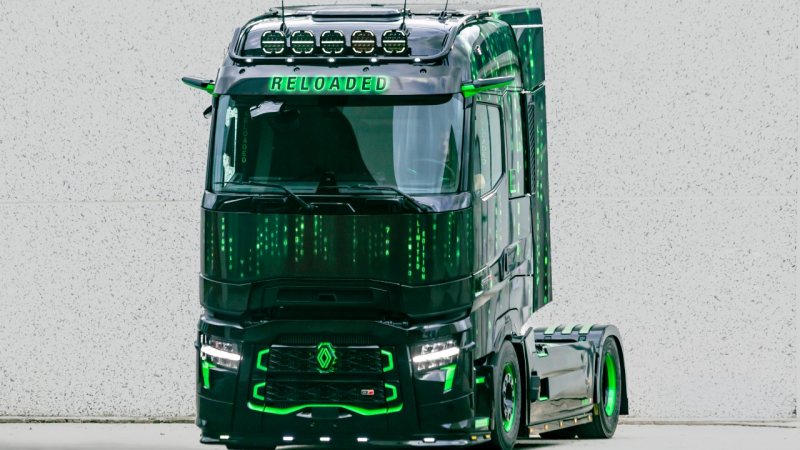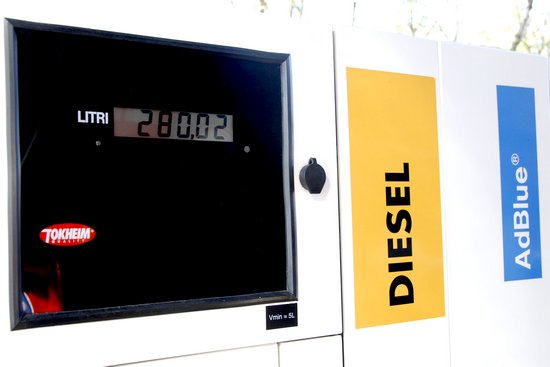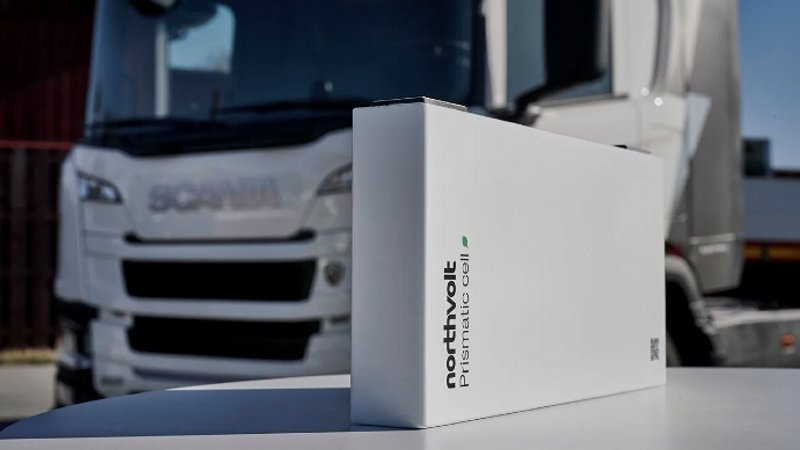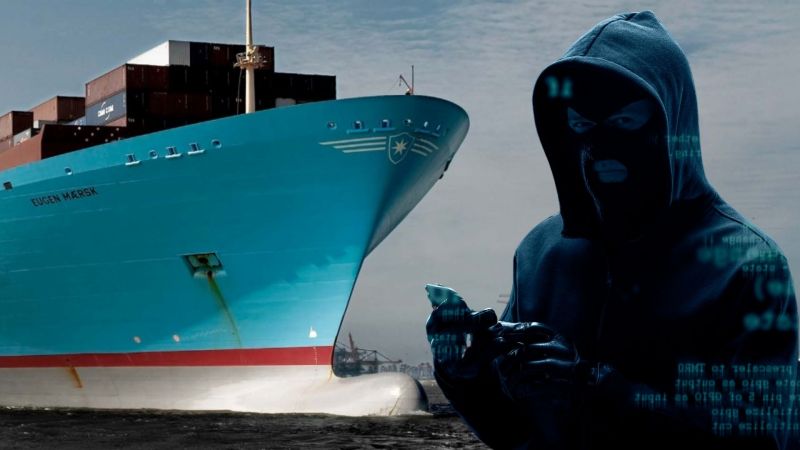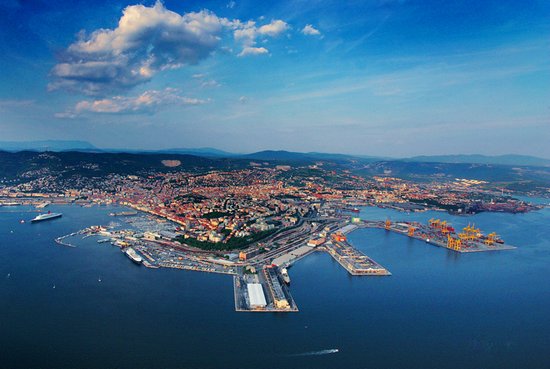As reported by the Russian portal Autostat, 2023 witnessed a 70.8% increase in industrial vehicle sales in Russia compared to 2022, totaling 143,963 new registrations. Experts emphasize that the sales boom in trucks is a result of various factors, primarily following the Western sanctions imposed on Russia due to the conflict in Ukraine.
Following the withdrawal of many manufacturers from the country, particularly the leading seven brands - Volvo Trucks, Mercedes, Scania, Man, Daf, Iveco, Renault Trucks - many Russian importers struggled to find quick replacements or chose to delay new truck purchases. Consequently, the registrations in 2022 were lower than average. However, last year saw a significant uptick as most transport companies and construction firms actively covered the fleet deficit, also aided by the rapid growth in trade between Russia and China and substantial infrastructure investments.
Kamaz, the national brand historically the best seller in the Russian Federation, still leads the sector with a total of 31,010 units sold, accounting for 21% of the market (excluding military vehicles, counted in a separate, currently confidential database). Despite this seemingly positive result, Kamaz is the only brand among the top ten to have seen a decline from the previous year, where it led sales for two of its models. In 2023, the best-selling tractor was the CH7 from Sitrak, a joint venture between Man and Sinotruck, based in Hong Kong.
Sitrak also holds the second spot in total sales, exceeding 26,000 registrations, followed by the Chinese groups Shacman and Faw. Russian sources confirm that the supply of tractors from the East is regular and unhindered, with prices up to three times lower than the more prestigious European brands. Customers also prefer Chinese vehicles for being faithful copies of European models, extremely easy to drive. In contrast, Kamaz trucks are more expensive and require specialized driving skills and dedicated training.
However, as reported by The Moscow Times, during 2023 the prices of vehicles imported from China increased by 75% due to the devaluation of the ruble and increased leasing rates imposed by banks. As per the newspaper, the cost of a Chinese industrial vehicle went from 6 million rubles in January (approximately 62,000 euros) to 10 million in December (over 103,000 euros). Nevertheless, registrations did not decrease as companies were forced to renew their now obsolete fleets, and Russian producers alone could not meet market demands.
The rise in purchase costs, however, seems not to be the only issue with Chinese tractors. Some sources within the Federation report that the towing hook is too high and does not meet the country's dimensional standards, forcing companies to modify them before road use. Furthermore, spare parts are not readily available, and not all workshops can perform electronic diagnostics on tractors imported from Beijing.
The situation is compounded by the frequent maintenance required by Chinese tractors, needing servicing every 50,000 kilometers, as opposed to the 80-120,000 of their European counterparts. The Russian portal 5koleso recently published a study on Chinese vehicles after 150,000 kilometers of use, highlighting their structural and quality limitations.
Besides greater wear and tear on consumables and significant rust appearing after just a year, the portal noted incorrect wheel geometry in many tested vehicles, causing abnormal and excessive tire wear and requiring extraordinary workshop interventions. Issues like incorrect fluid levels or injector problems were among the faults detected. However, 5koleso also reported being surprised by the quick learning and product updating capabilities of Chinese manufacturers.
Therefore, it's reasonable to expect significant improvements soon, which will progressively, if not entirely, close the quality gap with European brands. Confirming this trend, such as the new Sitrak C9H tractor, exclusively launched in the Ukrainian market. Equipped with a 16.6-liter diesel engine it delivers a power of 800 HP and a maximum torque of 3750 Nm, making it one of the world's most powerful trucks.
Marco Martinelli






